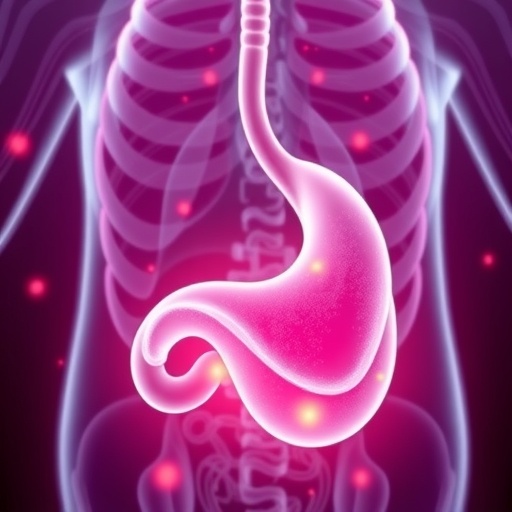
Credit: Photo: Emma Busk Winquist, Charlotte Perhammar and Cecilia Hedström
Sweden’s acclaimed research on uterine transplants has taken a new step forward: into the field of health economics. Now, for the first time, there is a scientifically based estimate of how much implementing the treatment costs.
The current research is based on the nine uterine transplants from living donors carried out in 2013, under the leadership of Mats Brännström, Professor of Obstetrics and Gynecology at Sahlgrenska Academy, University of Gothenburg, and Chief Physician at Sahlgrenska University Hospital.
The transplants were performed within the scope of the world’s first systematic, scientifically based study in the field. After the first birth in Gothenburg in 2014, there were a further seven births before a woman outside Sweden had a baby after a uterine transplant.
Now that the survey of costs is complete, the results have been reported with certain reservations. First, the number of cases studied is restricted to nine; second, the treatment has taken place as part of a research project, subject to the requirements this has entailed. Nonetheless, the study represents an initial indication of costs.
The researchers arrived at a total average sum per transplant, now reported in the journal Human Reproduction, of EUR 74,564 in current monetary value. This figure comprises costs relating to the recipient and donor alike.
The total includes, first, screening examinations and treatments, such as in vitro fertilization (IVF), in the year preceding the transplant; second, the actual operations on the donor and recipient; and third, costs in the two months after the transplant, including sick leave.
Sick leave (25.7%) was the single largest item in the cost calculation. The other categories were postoperative inpatient care (17.8%), surgery (17.1%), preoperative examinations (15.7%), anesthesia (9.7%), medication (7.8%), postoperative testing (4.0%), and readmission to hospital (2.2%).
The total is described as relatively high, due partly to the extensive scientific requirements. In a future clinical setting, the researchers say, aggregate transplant costs would likely be lower.
Thomas Davidson, Associate Professor in the area of Health Economics and Health Technology Assessment at Linköping University, and first author of the study, puts the matter in perspective.
“In terms of priorities, this study is important because it contributes key data for deciding whether to offer uterine transplants within publicly funded health care. A cost estimate is the starting point for upcoming assessment of whether the intervention is cost-effective.”
Cost-effectiveness is usually measured in terms of cost per quality-adjusted life year (QALY) gained — a yardstick that combines economic aspects with longevity and quality of life.
“In assessing cost-effectiveness, we have to relate both costs and effects, preferably measured in QALYs, to those of alternative treatments,” Davidson says.
Lars Sandman — Professor of Health Care Ethics, head of the Centre for Priority Setting in Health Care at Linköping University, and the study’s co-author — adds his comments.
“There are still essential issues we want to keep investigating. One is how we should regard the effects of a uterine transplant. Should the QALY gain generated include only the benefit to the mother of getting pregnant, giving birth and being the child’s parent? Or should the benefit of a child being born and living on for a number of years, adding QALYs, be included as well? It makes a big difference in terms of the cost-effectiveness of the intervention, which is an important factor in the priority-setting context.”
Professor Mats Brännström, corresponding author, sums up.
“All the costs of investigation, staff, and hospital care were funded through research grants. The grand total is close to what we’d calculated, and comparable to the current cost of kidney transplantation from a living donor. In all probability, future uterine transplantation will be more cost-effective thanks to the robot-assisted surgical technique we’ve developed, which means shorter hospital stays and patients returning to work sooner.”
###
Title: The costs of human uterus transplantation: a study based on the nine cases of the initial Swedish live donor trial, https:/
Contacts:
Mats Brännström, tel. +46 36 254 455, email [email protected]
Thomas Davidson, tel. +46 709 200 344, email [email protected]
Lars Sandman, email [email protected]
Media Contact
Mats Brännström
[email protected]
Original Source
https:/
Related Journal Article
http://dx.




